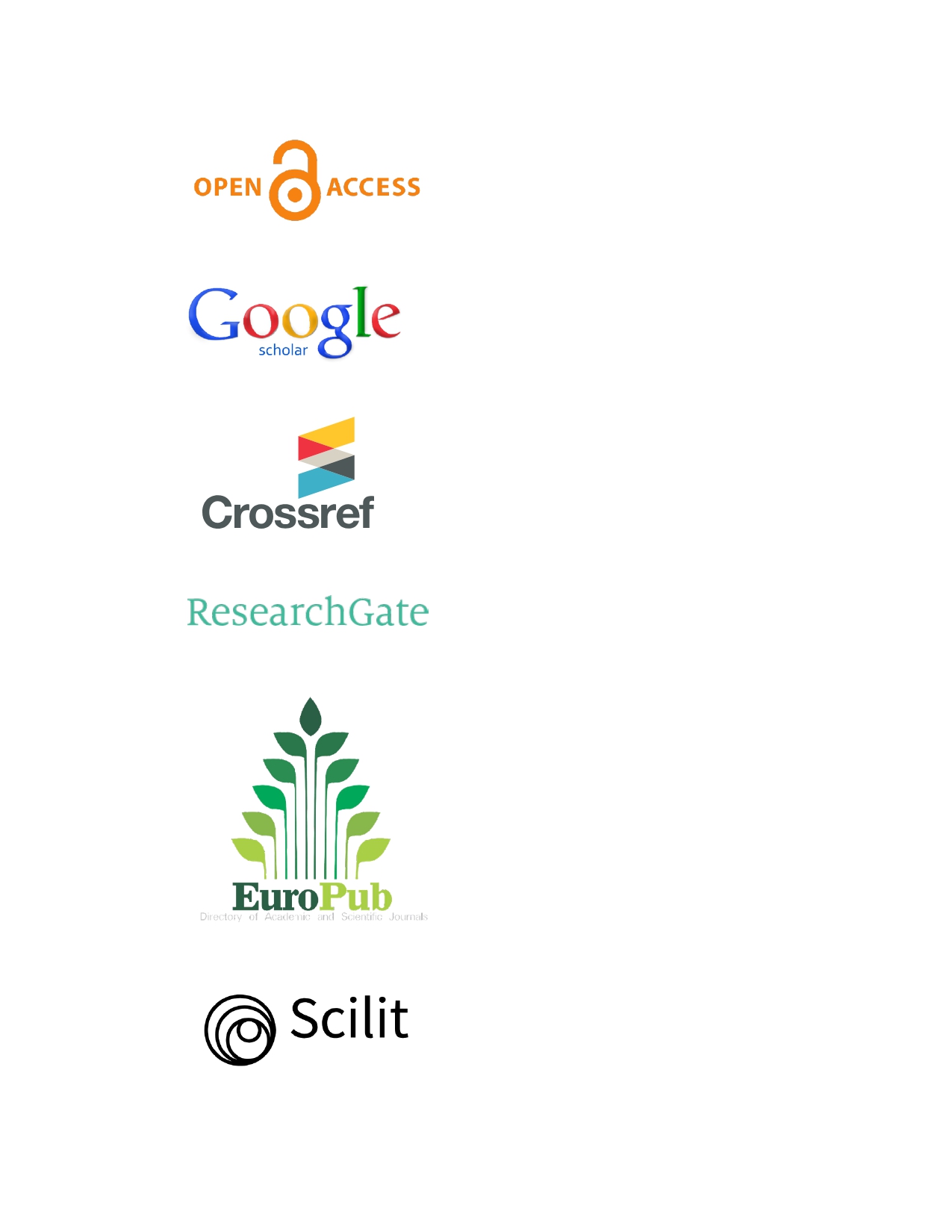Rethinking Instructional Improvement For Multilingual Learners
A Design-Based Approach to Addressing the Persistent Academic Learning Performance Gaps of Culturally and Linguistically Diverse Students in a High Diversity Metropolitan School District through Nurturing Secondary Teachers’ Biliteracy Instructional Teaming Capacities
DOI:
https://doi.org/10.63002/assm.27.539Keywords:
high diversity school districts, multilingualism, education design research, biliteracy instructional teamingAbstract
Instructional leaders in many K-12 school districts in the United States are facing increasingly difficult challenges associated with providing for the academic development and support needs of the growing numbers of culturally and linguistically diverse students populating their elementary and secondary school classrooms. This article highlights the comprehensive design-based instructional improvement efforts of one high school principal and his intervention task force colleagues working in a high diversity metropolitan school district. The article’s case study showcases how the high school’s instructional improvement leaders utilized multileveled data analysis investigative techniques in conjunction with innovative professional development design strategies derived from the education improvement science literature to develop and implement a comprehensive professional learning intervention program for multiple grade-level teams of core content area teachers and Spanish heritage language teachers. Intervention program implementation efforts focused specifically on: 1) assisting educators in critically examining their own deficit thinking attitudes and instructional planning mindsets regarding the perceived learning capabilities of students learning English as a second language; and 2) jumpstarting these educators’ biliteracy-centered instructional planning and teaching practices to address the unique multilingual academic development needs of the campus’s large population of immigrant/emergent bilingual and other diverse learners. The article concludes with a literature-based discussion of the positive instructional improvement benefits that can accrue to both teachers and students through leveraging multileveled analytic thinking along with design-based intervention program development strategies to significantly expand learning opportunities for culturally and linguistically diverse students.
Downloads
Published
How to Cite
Issue
Section
License
Copyright (c) 2024 Joseph G. Claudet

This work is licensed under a Creative Commons Attribution 4.0 International License.






